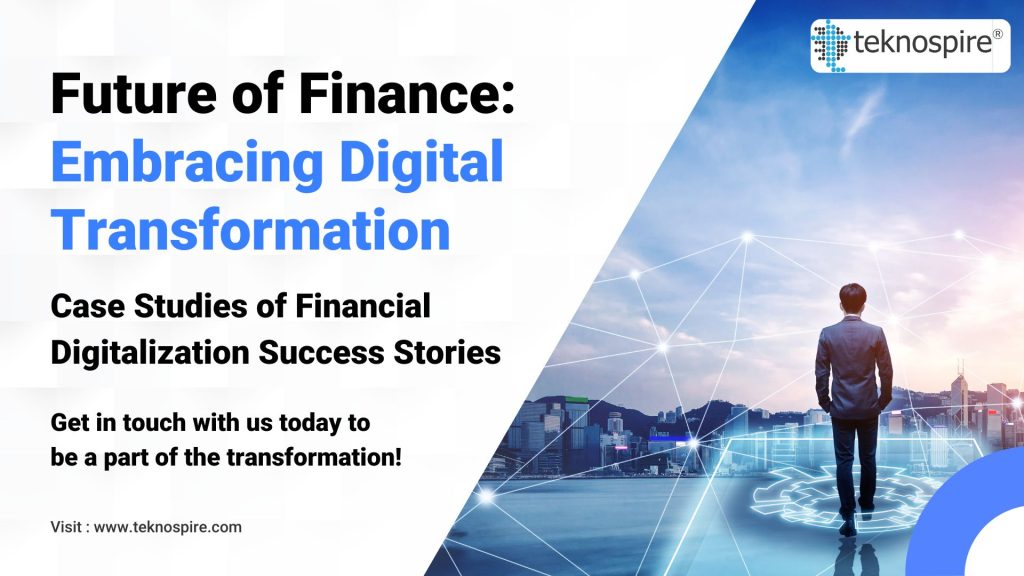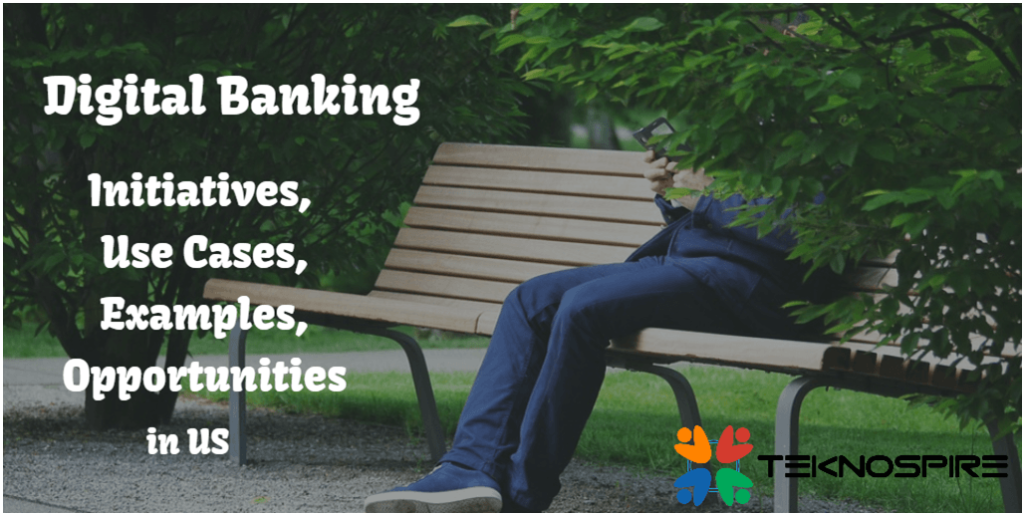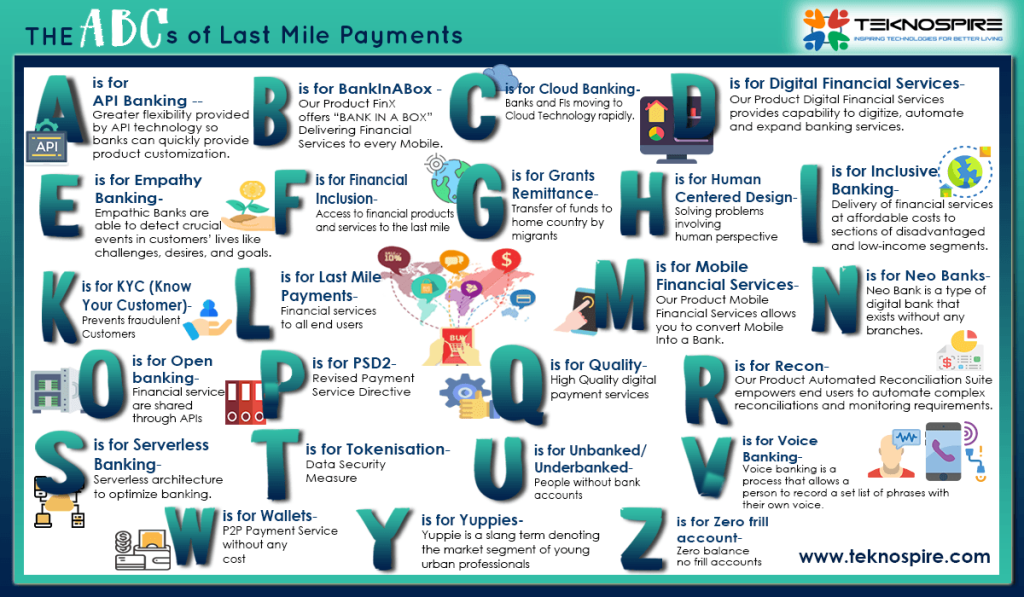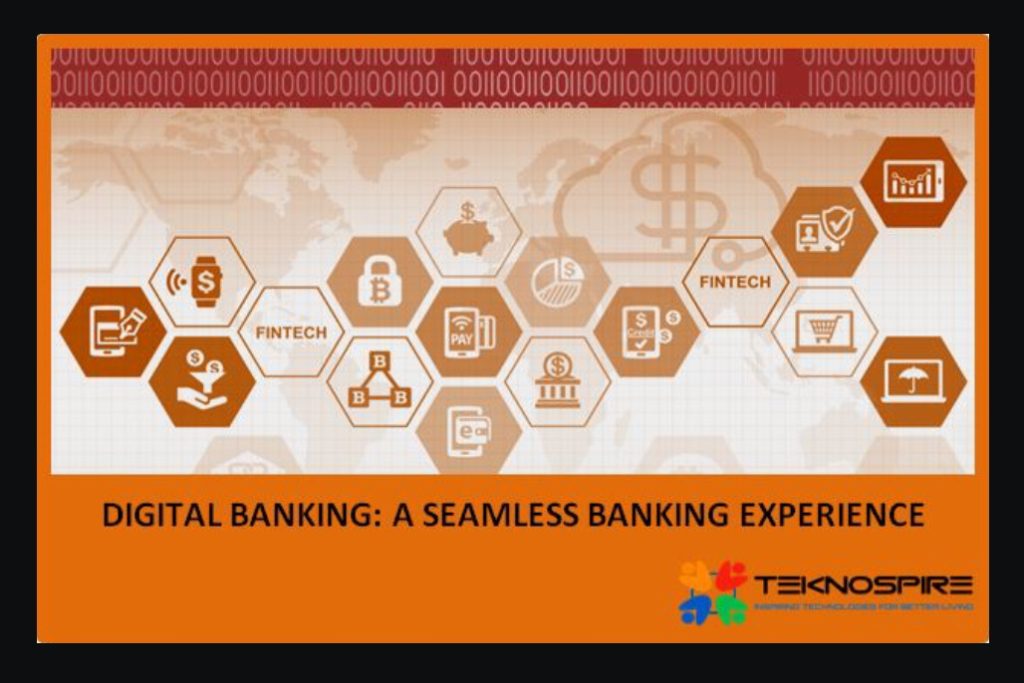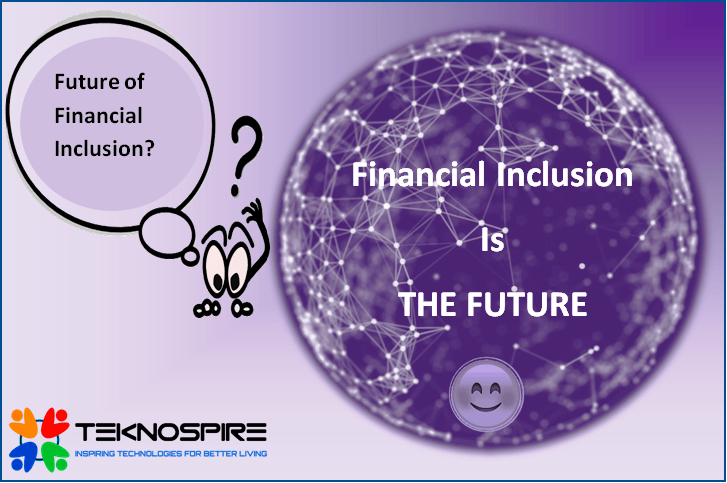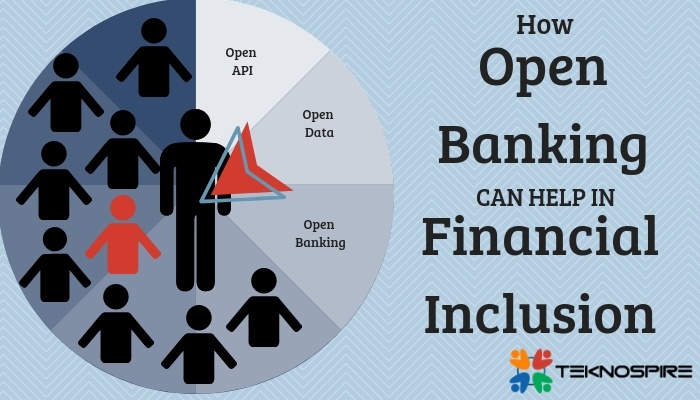Future of Finance – Embracing Digital Transformation
Today, with just a few taps, funds can be transferred, bills can be paid, and purchases can be made. All without needing to touch cash. As technology advances, with financial digitalization the future of finance looks brighter, promising even more innovative and secure ways to the government and corporate entities, and financial intermediaries. To add to this, digital transformation has been a crucial factor in reducing operational costs, improving efficiency, and rendering enhanced services to customers. Hence, the significance of digital transformation in modern-day finances cannot be overstated. In this rapidly evolving landscape, companies like Teknospire are at the forefront, offering innovative Fintech solutions tailored for emerging markets. As we explore the digital transformation trends in the Middle East and African (MEA) region, we’ll see how such platforms are shaping the future of finance. While the financial systems all around the world are the beneficiaries of this change, a wave of rapid adoption can be seen in the economies of the Middle East and African (MEA) region. As per a recent report, there has been a 70% boost in digital banking in the region. The implementation of novel digital transformation strategies has led to the rise in the adoption of fintech solutions and related mobile banking services. Steered by the increasing penetration of smartphones, the growing trend of digital adoption in the MEA region looks promising. This blog aims to unravel this very trend, exploring the key drives, the challengers, the impact, and a handful of inspiring case studies. The Global Surge of Digital Transformation in the Finance Sector We all are well aware of the massive digital transformation that the finance sector is undergoing on a global level. As we speak, somewhere, a financial institution is transforming its service to serve its customers better and to stay ahead in the game. Today, a large proportion of banks around the world are heavily invested in Machine Learning (ML) and Artificial Intelligence (AI) fostering quick transactions, proactive fraud detection, and satisfactory customer virtual assistance. When it comes to the MEA region, the digital transformation has been earmarked with several key statistics and ebullient case studies. For instance, the United Arab Emirates (UAE) has witnessed a whopping 200% rise in the use of e-banking services over five years. Based in South Africa, the First National Bank or FNB is successfully offering AI assistance to its customers for the very first time. Other initiatives include the launch of Vision 2030 by the government of Saudi Arabia to increase the digital transaction rate up to 70%, the Dubai Blockchain Strategy of UAE and to name a few. While these account for a handful of instances, the governments in the MEA region are playing a major role in transforming the finance sector to bring in more transparency and better efficiency. But the road taken hasn’t been an easy one to tread on, it is full of challenging bumps. Challenges Before Financial Digital Transformation A couple of challenges stand in the way of the financial sector and the concerned stakeholders to digital upgradation. In this section, we will be discussing the major ones: Financial Digitalization Drivers in the MEA Region In overcoming the aforementioned challenges and fostering the digitalization of the financial sector has been catalyzed by several key factors. One of the most significant of these are Smart Dubai initiative by UAE and other government policies of the MEA region such as incentivization of the adoption of digital technologies have managed to create a conducive environment paving the way to digital transformation. Another crucial driver of digital transformation in the finance sector has been the technological advancements that have been taking place. As far as the MEA region is concerned, there has been significant progress in the adoption of distributor ledger technology or blockchain technology, AI integration, and the development of cloud computing infrastructure. This has been in sync with the rising consumer demand. Today, the consumers of the MEA region are demanding more convenient, quicker, and efficient financial services. This is pushing the government, corporate entities, and financial intermediaries to accelerate their efforts of digital transformation. Case Studies: Financial Digitalization Success Stories Let’s delve into the latest case studies related to the financial digitalization: Case Study #1: Super-fast and Secure SARIE system of Saudi Arabia.The SARIE system is a subsidiary of the Saudi Central Bank and has driven the digital payment ecosystem of the country by leaps and bounds. It has enabled the transaction of instant fund transfers between banks. This has boosted digital payment transfers by manifolds. It also supports the Vision 2030 launched by the country. Case Study #2: The Success of the First National Bank (FNB) of South Africa. The First National Bank (FNB) has been a great success in the South African soil. This bank had heavily invested in AI and data analytics to serve the customers better. With instant loan approval, it has become one of the most successful financial ventures in the MEA region. Case Study #3: The Digital Transformation of Emirates NBD. Based in the sands of Dubai, Emirates NBD has been successfully digitalized by launching Liv. A digital-only bank that targets unserved sections of the country’s economy. It offers a range of features such as personalized financial insights, instant account opening, and to name a few. This initiative has managed to increase customer engagement and satisfaction by 62%. Case Study #4: The Mobile Money Service of Kenya’s M-Pesa.Safaricom had rolled out the mobile money service on the Kenyan landscape in the form of ‘M-Pesa’. It allows users to digitally transfer funds, pay for goods and services, and deposit money in their banks digitally. By providing financial access to millions, it has increased the financial inclusion percentage of the country from a meager 26% to a whopping 84%. Case Study #5: The Novel Mobile Banking Initiative by Saudi’s National Commercial Bank (NCB).The sands of Saudi Arabia have witnessed a tremendous transformation in the services rendered by its largest bank – the National Commercial Bank (NCB). With
